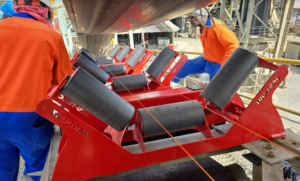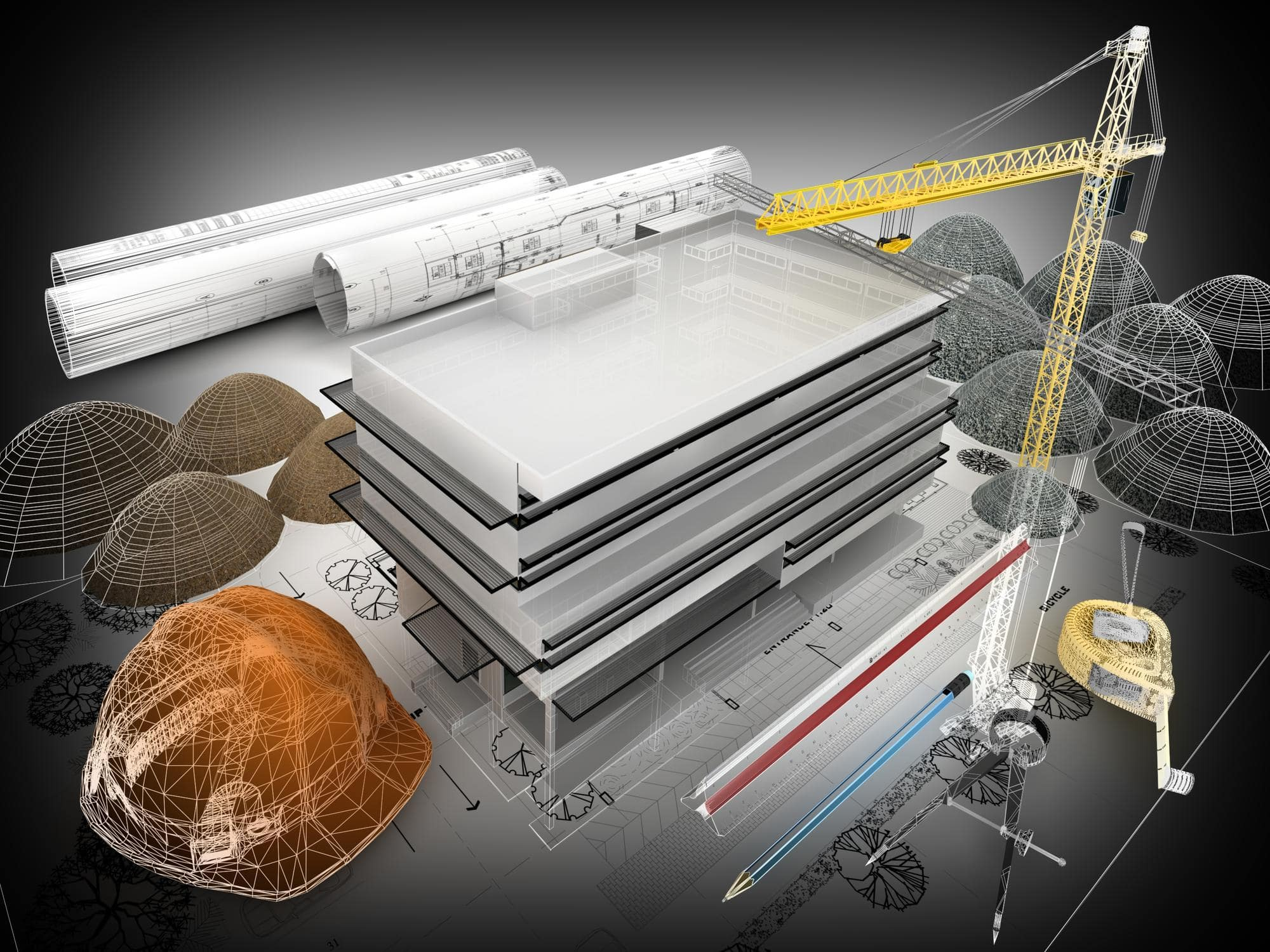The Potential of Industrial Edge Computing in Africa’s Mining, Construction, and Automation Sectors. As the industrial landscape continues to evolve, companies across mining, construction, and automation sectors in Africa are increasingly looking to harness new technologies to drive efficiency, productivity, and sustainability. One of the most transformative trends reshaping these industries is the rise of industrial edge computing. This innovation, which brings processing power closer to the source of data, is not just a technological upgrade but a strategic necessity for businesses aiming to stay competitive in today’s fast-paced environment.
What is Industrial Edge Computing?
Industrial edge computing refers to the deployment of computing resources at the “edge” of the network, close to where data is generated. Unlike traditional cloud computing, which relies on centralized data centers, edge computing processes data locally. This reduces latency, enhances data security, and allows for real-time decision-making. For industries that operate in remote or challenging environments, such as mining and construction, this is a game-changer.
Benefits of Industrial Edge Computing in Mining
Mining operations are complex, involving numerous processes that require precise coordination. Traditional data processing methods, which rely on centralized servers, often result in delays that can affect decision-making. By integrating edge computing, mining companies can monitor equipment in real-time, predict failures before they happen, and optimize operational efficiency.
For example, edge computing can enable predictive maintenance, where sensors on mining equipment continuously collect data on performance metrics like vibration, temperature, and pressure. This data is processed at the edge, and if anomalies are detected, maintenance teams are alerted immediately, reducing downtime and avoiding costly repairs.
Moreover, edge computing supports advanced automation in mines, including autonomous vehicles and drilling systems. These technologies rely on instantaneous data processing to navigate and perform tasks safely. By processing data locally, edge computing reduces latency, ensuring that these autonomous systems operate efficiently and safely.
Enhancing Construction Operations
In the construction sector, edge computing offers significant benefits, particularly in project management and safety. Construction sites generate vast amounts of data through drones, IoT devices, and machinery. Managing this data effectively can be challenging, especially when relying on traditional cloud solutions that are not always accessible on-site.
Edge computing allows construction companies to process data locally, providing project managers with real-time insights into site conditions, equipment performance, and worker safety. For instance, edge-enabled cameras can monitor construction sites for safety compliance, identifying potential hazards and alerting supervisors instantly. This capability not only improves safety but also ensures that projects stay on schedule and within budget.
Additionally, edge computing facilitates the use of augmented reality (AR) in construction. AR applications can overlay digital information on the physical environment, assisting workers with complex tasks. By processing AR data at the edge, construction companies can enhance the performance and reliability of these applications, providing workers with the tools they need to work more efficiently.
Driving Automation and Engineering Innovations
In the broader industrial landscape, automation and engineering are pivotal to driving productivity and innovation. Edge computing supports these efforts by enabling smart factories, where machines and systems are interconnected, communicating in real-time to optimize production processes.
In smart factories, edge computing helps in processing data from various sources such as sensors, robots, and industrial control systems. By analyzing this data locally, manufacturers can detect inefficiencies, adjust production lines, and reduce waste without the delays associated with cloud-based processing. This real-time capability is crucial in high-stakes environments where split-second decisions can significantly impact productivity and quality.
Furthermore, edge computing enhances cybersecurity for industrial operations. As more devices are connected to the Internet of Things (IoT), the risk of cyber threats increases. By processing sensitive data at the edge, companies can reduce the amount of data transmitted over networks, thereby minimizing exposure to cyber risks. This is particularly important in automation, where data breaches can disrupt operations and compromise safety.
Challenges and Future Outlook
While the benefits of industrial edge computing are clear, its adoption is not without challenges. For many companies, particularly those in remote areas, the initial investment in edge infrastructure can be significant. Moreover, there is a need for skilled personnel who can manage and maintain these systems.
Despite these challenges, the future of industrial edge computing in Africa looks promising. As connectivity improves and the cost of technology decreases, more companies are expected to embrace edge computing. In addition, partnerships between technology providers and industry leaders are likely to drive innovation and make edge computing more accessible to smaller players in the market.
Conclusion
Industrial edge computing is revolutionizing the way mining, construction, automation, and engineering sectors operate in Africa. By bringing data processing closer to the source, it enhances efficiency, reduces costs, and enables real-time decision-making. For companies looking to stay ahead in a competitive market, investing in edge computing is not just an option—it’s a strategic imperative. As the technology continues to evolve, its impact on the industrial landscape will only grow, paving the way for smarter, safer, and more efficient operations across the continent.
Embracing this technology could be the key differentiator that propels businesses to new heights, ensuring they not only survive but thrive in an increasingly digital world.



















